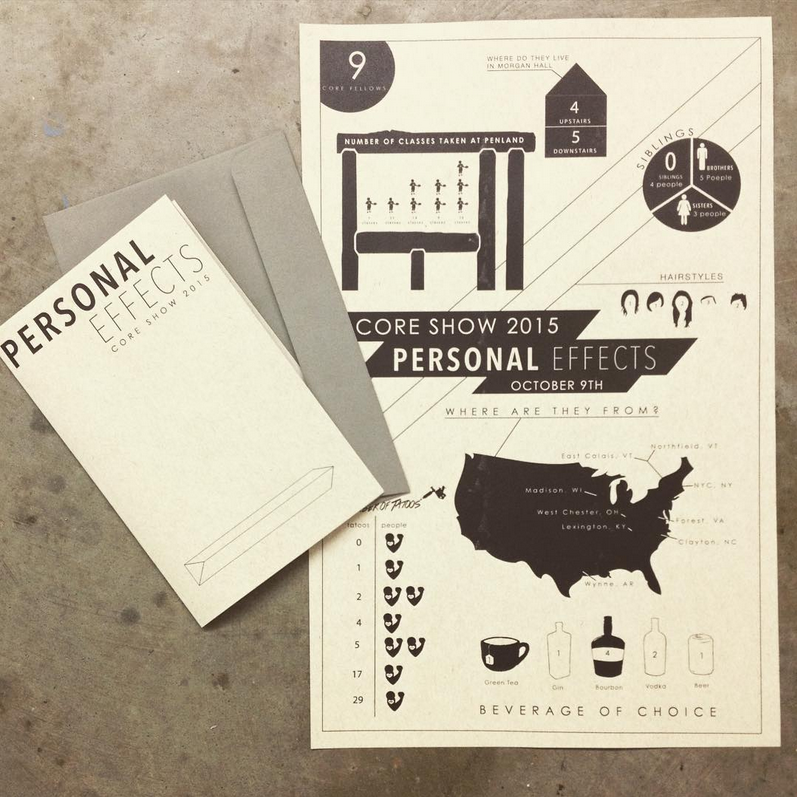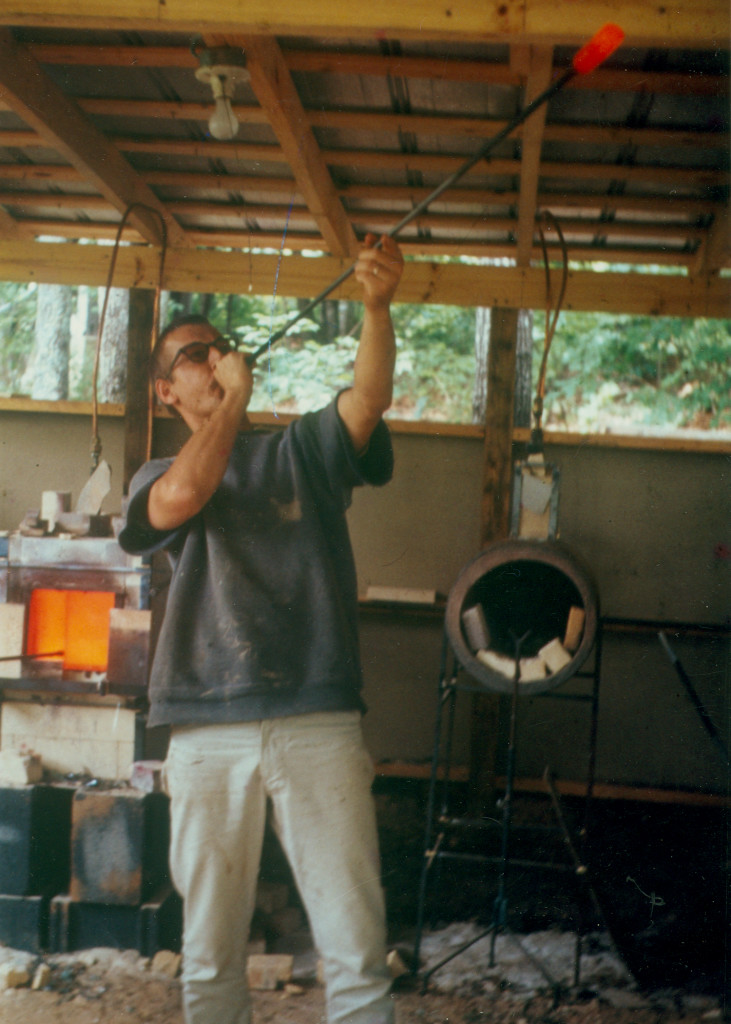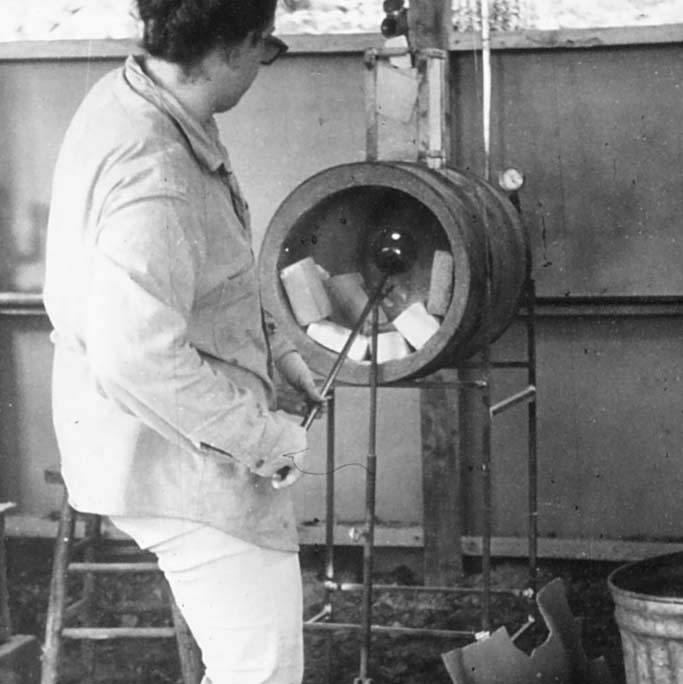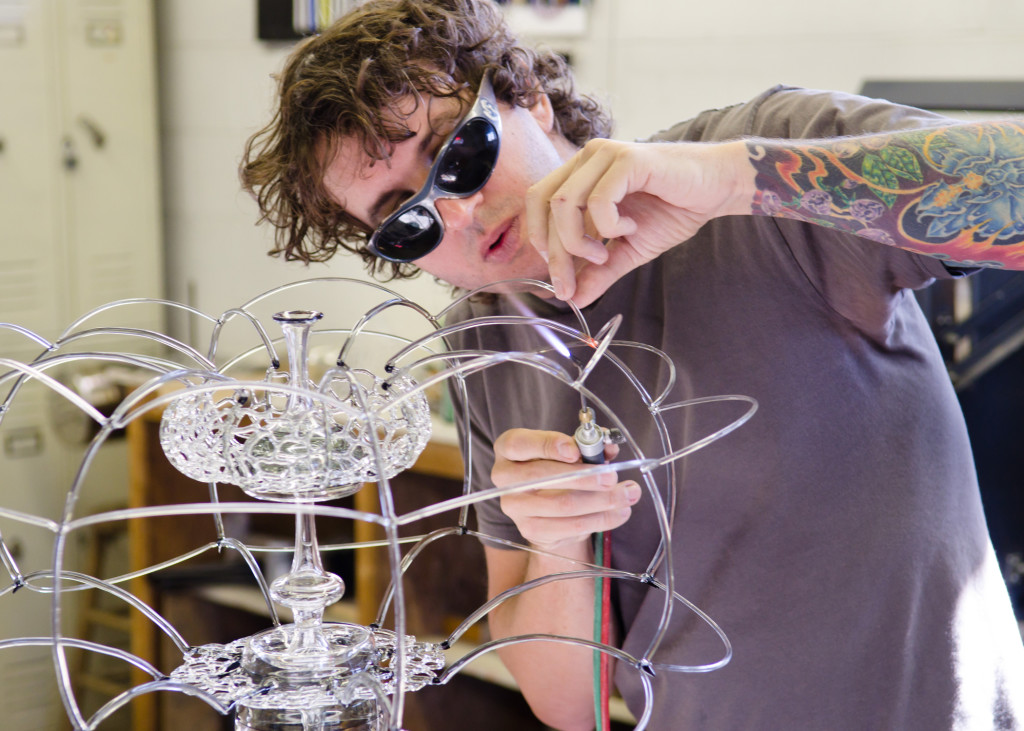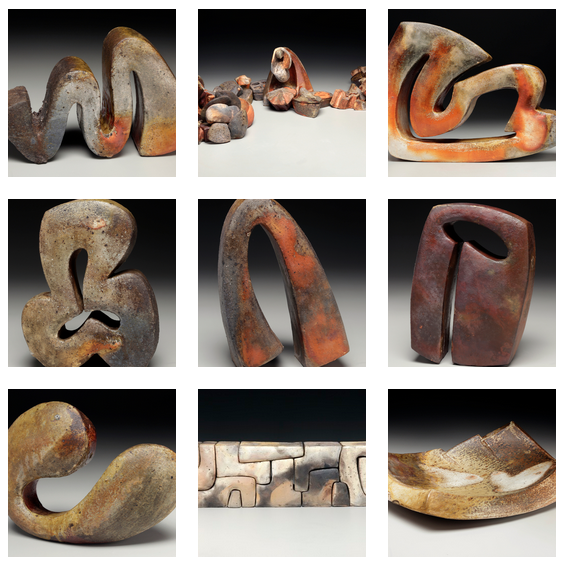
When viewing sculptor Eric Knoche’s work, it’s clear he has a facility with form. And when he describes his forms, it’s clear that he finds a lot of inspiration in the clay he works with. As he recently explained in an interview, “Clay is just such an amazing material, and you can work it so many ways; additive and subtractive processes work equally well, it is both demanding and forgiving, it can be softer than water and as hard as stone, as delicate as an eggshell and more durable than anything else humans have ever made. It changes from second to second as you work with it, which creates a feedback loop or a dialog. For me, the material itself is endlessly fascinating.”
Eric’s clay forms are deceptively simple. Squiggled lines and arcs gain volume and edges to become three-dimensional surfaces that draw the viewer in from multiple angles. His pieces suggest common objects and quick doodles at the same time as they evoke ancient architecture and the earth itself. Some are small enough to hold in a hand, while others stand as tall as person. “I think of my work as one installation stretching through time as space, each piece adding meaning to the others,” Eric writes in his artist statement. “I have been strongly influenced by languages I don’t understand and tools I don’t know how to use, male and female figures, machine parts, shelters, math equations, micro-facial movements, the Argentine tango, alphabets, the spine and other bones, the distortional nature of memory, the limits of ocular perception, plants, running water, and songbirds.”
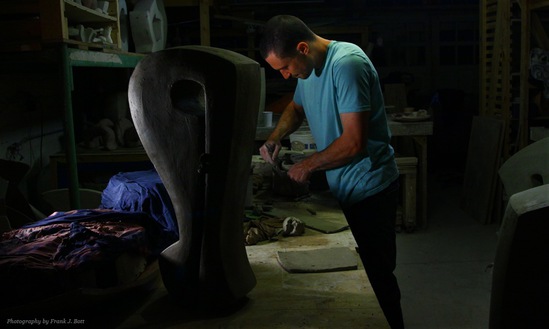
We are looking forward to bringing Eric to Penland this fall to teach a 1-week workshop November 1-7, 2015. The class will focus on using handbuilding techniques to realize sculptural goals, and we expect it to be jam-packed with insights. After all, Eric is the guy who likes to create clay pieces that are as large as he is to challenge himself technically. “I have no proprietary information,” he states. “I’ll tell anybody anything they want to know about anything I do.” In other words, this week will be pure gold for anyone interested in creating forms with clay. To reserve your spot, register here.
Handbuilding Laboratory
Eric Knoche
November 1-7, 2015
In this class we’ll blur the lines between pinching, coiling, slab work, and modeling in order to open up more possibilities in the world of handbuilt ceramics. Students will gain a deeper understanding of the clay itself as we establish a paradigm of creative problem solving and develop a personal set of integrated methods that most expeditiously accomplish each student’s artistic goals. We’ll look at various ways to successfully construct large work, intricate work, and multiple-piece sculptures using simple tools and processes such as tarpaper templates and clay armatures. All levels. Code F03CB
Studio artist; presenter at first European Woodfire Conference (Germany), guest lecturer at Australian National University; Ceramics Monthly emerging artist; exhibitions: Blue Spiral 1 (NC), Baltimore Clay Works, AKAR Design Gallery (IA), Mint Museum (NC), Hjorths Fabrik (Denmark), Gallerei Klosterformat (Germany); collections: Mint Museum (NC), Mission Hospital (NC).
Sign up for Handbuilding Laboratory.
To see more of Eric’s work and his process, watch this video about how he approaches his art.


